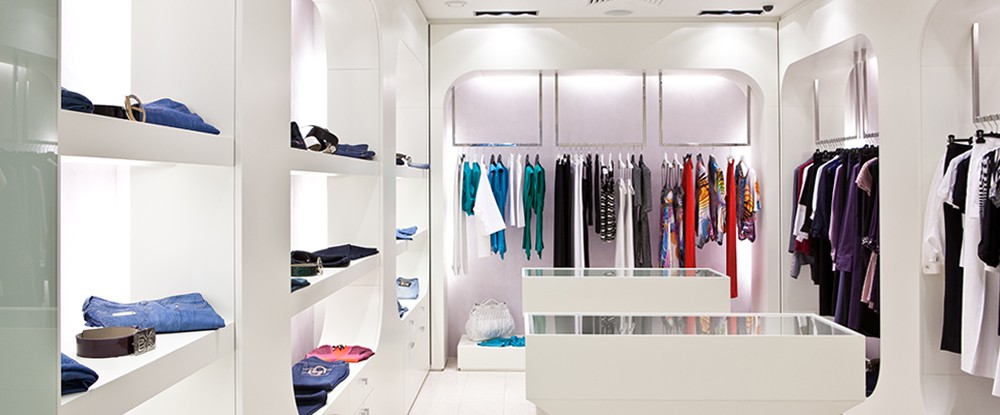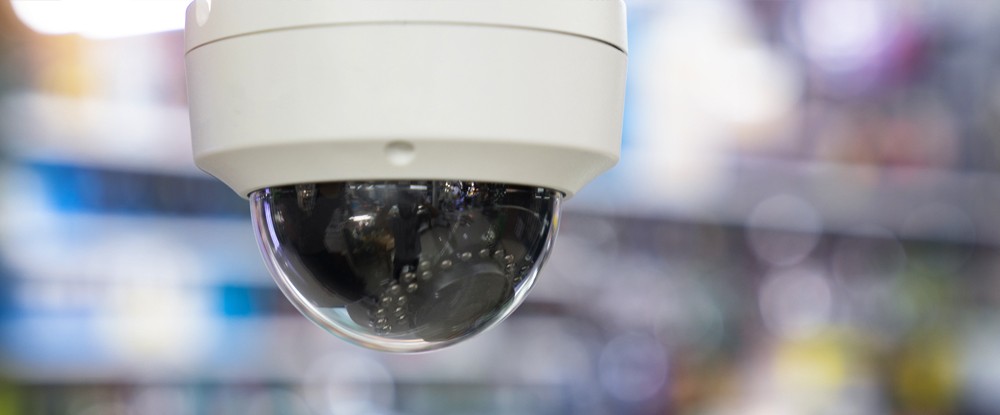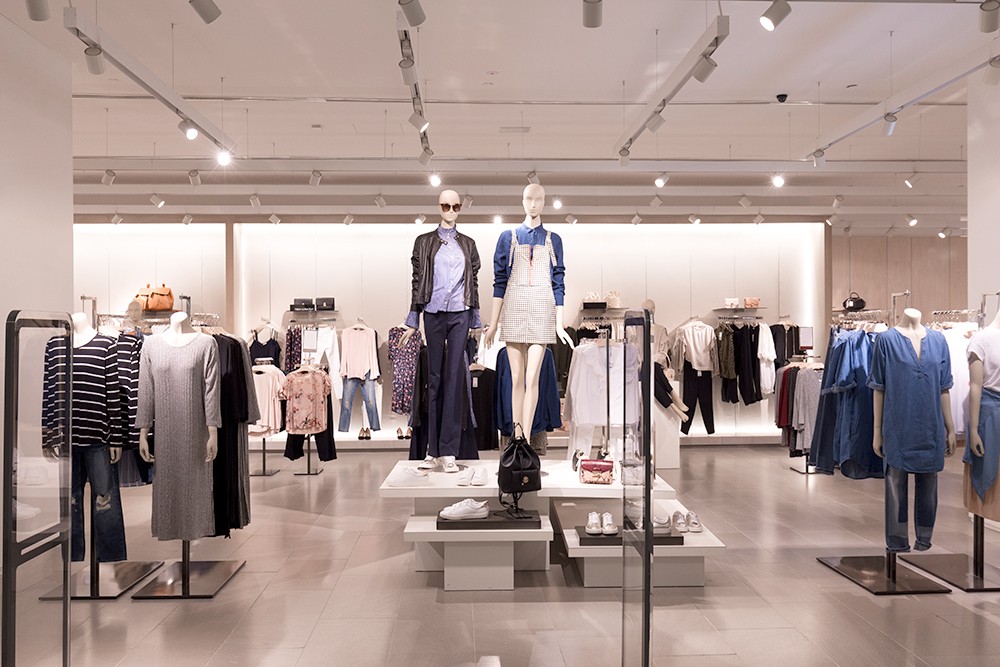Whether your store is combating shoplifting, employee theft or miscellaneous loss in the supply chain and administration, preventing retail shrink always involves a multi-pronged approach.
By looking at this approach as layered, a retail outlet can mitigate theft, address errors and then identify areas which need greater attention.
So, working our way from the product level to the greater retail outlet, here’s an insight into the five layers of loss prevention.
Layer 1 – Product protection
Shoplifting consistently accounts for the greatest volume of retail loss, and the best way to mitigate this theft is at a product-based level.
That’s where strategies like electronic article surveillance (encompassing security tags, labels and antenna) and other strategies like lockable displays come in, as they protect individual items which are likely to be prone to theft.
The balance here has to be carefully navigated, treading a fine line between security and an appealing environment. That means products should be protected appropriately, using the right label or tag for the job, and the right type of lockable displays that still encourage customer interaction.
Meanwhile, EAS isn’t just something retailers can set and forget. Every now and then the system should be assessed to ensure the right strength tags are in use and are being correctly applied.
Layer 2 – Display and layout

The physical layout and lighting of a store, along with how a retailer displays items plays a role in how successfully thieves can circumvent security and even how likely a retail outlet is to be targeted for theft.
Stores should be well-lit to eliminate dark, discreet places, have a line of sight from the POS across the floor, and be kept neat and tidy.
A tidy, organized retail outlet helps staff better monitor stock, while this line of sight from the POS helps them keep a watchful eye on the floor.
Layer 3 – Staff and training
Solid hiring procedures and consistent staff training work to reduce both shoplifting and employee theft. All staff should be screened prior to induction and should then be trained consistently in what to watch out for when it comes to shoplifting.
Even simple customer service protocols like meeting and greeting customers have been shown to reduce instances of theft, while staff who are valued and respected are far less likely to steal from an employer.
Good training and procedure like inventory counting and stock reconciliation also help to reduce instances of administrative error while identifying any issues in the supply chain.
Layer 4 – Surveillance

Surveillance, including CCTV and the appointment of loss prevention professionals, helps protect a retail outlet at a store-based level. This level of loss prevention deters would-be thieves from committing a crime and also helps identify shoplifting or theft that’s occurring.
Importantly, it can also be useful in identifying trends, including areas of a store which might be more prone to shoplifting and people acting suspiciously prior to a possible theft.
Layer 5 – Analytics
Analytics like traffic counting, inventory management, staff rosters, and sales records paint a detailed picture of what’s going on within a store.
These can then be used to identify times when a theft is most likely to occur, products which most frequently go missing, or shifts when cash registers fall short or excessive returns are made.
This data is critical in determining where loss prevention strategies need to be tightened up within a store.
Then retailers can work back through the levels of loss prevention to further protect their store.
For further tips on improving your retail security, see here, or go directly to our security labels and security tags to protect your store at a product-based level.
